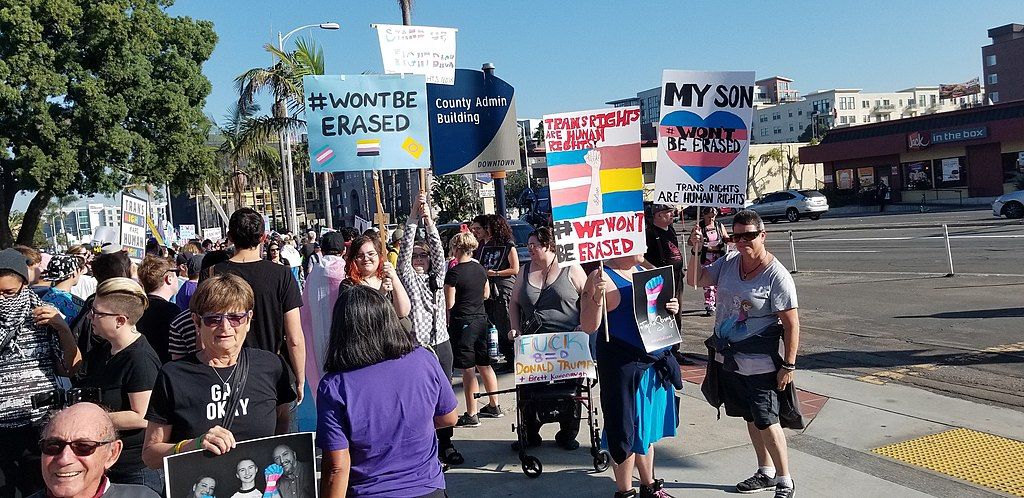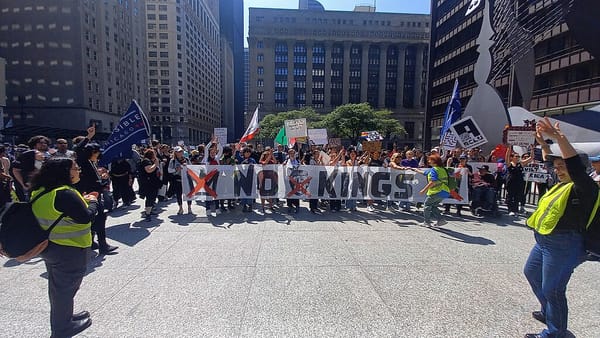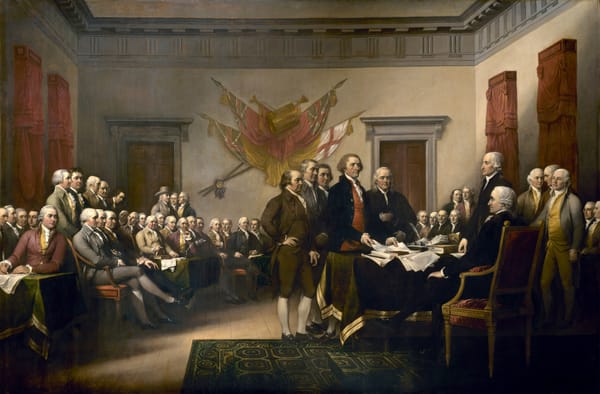Gender Confirmation Surgery and the "Cosmetic" Cost

When it comes to gender confirmation surgery, insurance coverage can be a difficult web of hypocrisy to weave through. Transgender men and non-binary people, such as myself, experience numerous roadblocks from insurance companies for gender-affirming procedures and are commonly denied coverage for additional “cosmetic” costs. Meanwhile, cisgender women are able to schedule and receive a breast reduction for their back pain, completely covered by insurance, despite being the same procedure that insurance companies deny members of the transgender community. Insurance companies say that gender affirming surgery is “medically necessary” and therefore covered, but in the fine print one finds that a single necessary component of such surgeries can add up to thousands of dollars out of pocket for the patient. These hidden costs are a way of stacking the deck against the transgender and non-binary community without doing so out in the open.
What is top surgery?
Some, but not all, transgender men and non- binary people opt to receive top surgery, or the masculinization of the chest. This can be achieved through several different surgeries depending on the person’s breast size. For people with smaller chests, peri-areolar surgery is usually the route that doctors will take, allowing the nipple to remain intact and attached to the body while the breast tissue is removed with the help of liposuction. For people with a medium to large chest size, a double incision surgery is necessary and requires the nipple to be completely removed, resized, and then grafted back on to the chest after the breast tissue has been surgically removed. While the surgery techniques are different, both are used to achieve the same goal: alleviate gender dysphoria. As defined by the American Psychiatric Association, gender dysphoria is, “psychological distress that results from an incongruence between one’s sex assigned at birth and one’s gender identity.” In my case, I was assigned female at birth, however my gender identity is not female or woman. Instead, my gender identity is transgender and non-binary. As a result, the way I feel and who I am is not aligned with the way the world perceives me in the body I was born with. While breasts are not what determines womanhood, they may feel out of place on a trans person’s body. So, in the hopes that they will appear more genuinely as themselves, top surgery can be a life saving procedure for transgender people, increasing a person’s self esteem, improving quality of life, and even preventing suicide. That certainly sounds medically necessary, doesn’t it?
The “cosmetic” cost
Medicare defines medical necessity as, “services or supplies that are needed to diagnose or treat your medical condition and that meet accepted standards of medical practice.” With mental health coverage falling under this umbrella as well, medical necessity is essentially any medical intervention that is required to treat and prevent medical problems. While most insurance companies deem the removal of breast tissue for top surgery as a medical necessity, they evaluate the nipple graft separately and, depending on a person’s insurance, the nipple graft may be denied coverage because it is viewed as a “cosmetic” procedure. And the price of reattaching those two nipples? $4,000. Suddenly, the nipple isn’t as free as I thought it was.
While top surgeons like Dr. Scott Mosser believe that the nipple is inherently part of the breast and necessary for gender congruence, insurance companies like Aetna and United Healthcare don’t share the same stance. But when cisgender women receive the same procedure to prevent or treat breast cancer, those same insurers deem the nipple graft medically necessary and cover it. In fact, it’s mandated by federal law. The Women’s Health and Cancer Rights Act of 1998, “requires all group health plans and health insurance companies (including HMOs) that pay for mastectomy to also cover reconstructive procedures.” This act recognizes the medical necessity of nipple grafts and studies show how this procedure improves psychosocial and sexual well-being in women. While there is much less data about transgender people on this topic, post surgery nipple satisfaction has been correlated with overall satisfaction for chest masculinization surgery. Clearly, the only reason that a nipple graft for those with breast cancer is viewed differently from a nipple graft for those with gender dysphoria is because of outdated perceptions of the transgender community.
Changing Information, Stagnant Response
It wasn’t until 2019 that the World Health Organization (WHO) stopped labeling transgender as a gender identity disorder and instead reframed it around “gender incongruence” in a section under sexual health. Studies show how categorizing transgender people as “sick” has contributed to medical and human rights barriers that negatively impact quality of life. This was one of the reasons that WHO decided to amend their health guidelines and policies, hoping to make widespread changes in public perception. While this was a big step for the LGBTQ+ community and brought about promises of acceptance for transgender people, the institutions that uphold old policies and outdated perceptions inherently influence the rest of society, including the medical field, and it starts way before an insurance company can deny coverage for a nipple graft. In fact, most insurance companies require a letter from a psychologist that assesses the patient’s mental state and documents the clinical rationale for having surgery before even thinking about coverage. Without the letter, nothing is covered. While many surgeons use an informed consent model that, “reflects the basic human right to self-actualization”, insurance companies seem to be operating under the false and outdated notion that being transgender is equivalent to being mentally ill and therefore requires a second opinion from a licensed psychologist. As a result, what is desperately needed are long-lasting changes that truly alter the systems that currently oppress transgender people. Despite President Biden working to reverse homophobic and transphobic Trump-era policies, the effects and sentiments of those policies have deep-seated roots in America that began long before 2016 and will be felt for a long time. The fight to free the nipple is long from over, but hopefully we are now on a path that leads to true, systematic change.
Featured Image is Protesters in downtown San Diego, California march in opposition to the Trump administration’s policies on transgender rights, by Laurel Wreath of Victors




